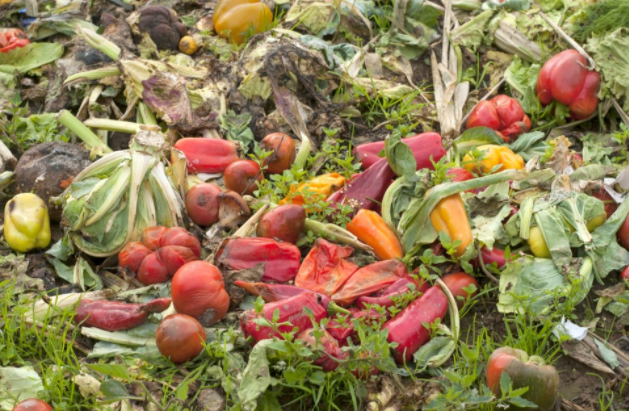Now that we know where food waste is happening locally, it’s time to figure out why and what can be done to prevent it or, better yet, use it to create new businesses and products, explains David Messer, manager of the Circular Opportunity Innovation Launchpad, part of Our Food Future.
“A lot of this is thinking about food waste less as waste and more as a resource … where the byproduct of one economic process is a feedstock for the next economic process,” he said. “If you're creating juice and you have a whole ton of fruit pulp, there’s no reason there can’t be a process where that fruit pulp is used to make fruit snacks or a million different things.”
Messer’s comments come after the release of the first phase of findings from the Food Waste Flow Study, which identifies the largest area of food waste as stemming from the storage and packaging of fruits and vegetables, as well as fruit losses before manufacturing and cereal losses during the processing stage.
In the latter case, those losses are an expected part of doing business.
“The planned loss is such a big piece that I think we’re going to focus in on,” said Messer, explaining that includes things like fruit pulp, animal bones and various cuts from meats and vegetables not needed in that particular product. “All of that could conceivably be captured somewhere else. … They can be repurposed and create new business collaborations.”
Other findings outlined in the report include:
• The largest flow in terms of mass in Guelph-Wellington is the production of animal feed. Most feed is consumed locally.
• Guelph-Wellington has large-scale production of cereals, milk, oil crops, and poultry
• Guelph-Wellington produces about twice as much wheat flour as it consumes
• Guelph-Wellington is about 49 per cent self-sufficient when it comes to dairy products, 30 per cent self-sufficient for eggs and 25 per cent self-sufficient for beef
• Fruit and vegetables need to be imported in large quantities to meet Guelph-Wellington’s consumption demands
• Grain products have the largest monetary value for export products
• Fruits and nuts, and vegetables are the largest imports in terms of monetary value with exports mainly to Europe, while import is mainly from Oceania and Africa
• Ontario is a net consumer of food as more food is imported than exported in the province. Compared to the other counties in Ontario, Guelph-Wellington produces relatively more poultry and eggs
• Most crop residues, originating from feed, cereals, oil crops, and pulses are left on the field.
“There are a number of benefits we hope to see coming out of this work including a reduction in greenhouse gas (GHG) production and material sent to landfill, and helping local producers measure their sustainable farming practices,” said Cameron Walsh, the city’s solid waste manager, in a news release.. “By reimagining food and food waste, we create opportunities to rescue food that would otherwise be wasted and create opportunities for new food businesses.”
The study supports Our Food Future’s goal of increasing Guelph-Wellington’s circular economic benefit by 50 per cent through unlocking the value of waste. By reimagining the value of food waste and creatively using that food for another purpose, the community will divert waste from landfill, and reduce its GHG production.
Our Food Future is an initiative led by the City of Guelph and County of Wellington in partnership with the University of Guelph, Conestoga College and dozens of other experts aimed at creating a local circular food economy.


